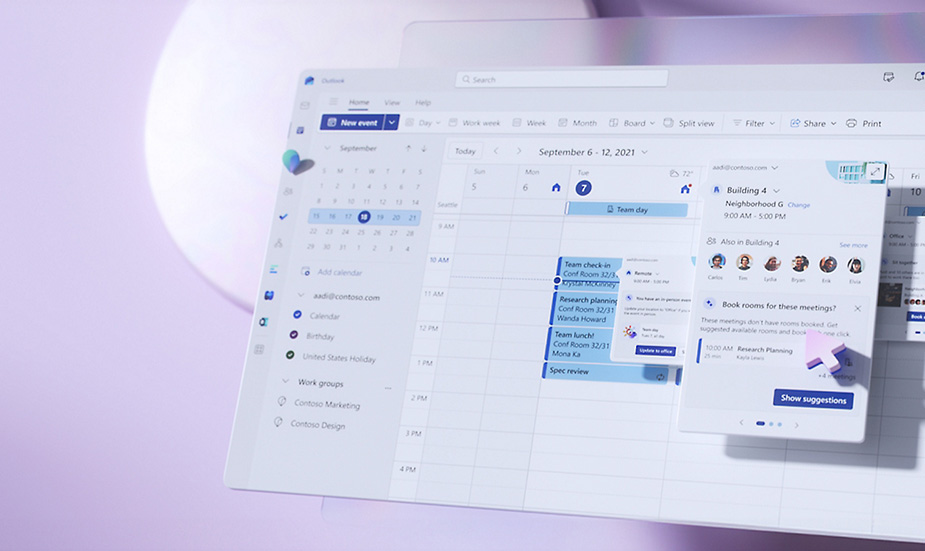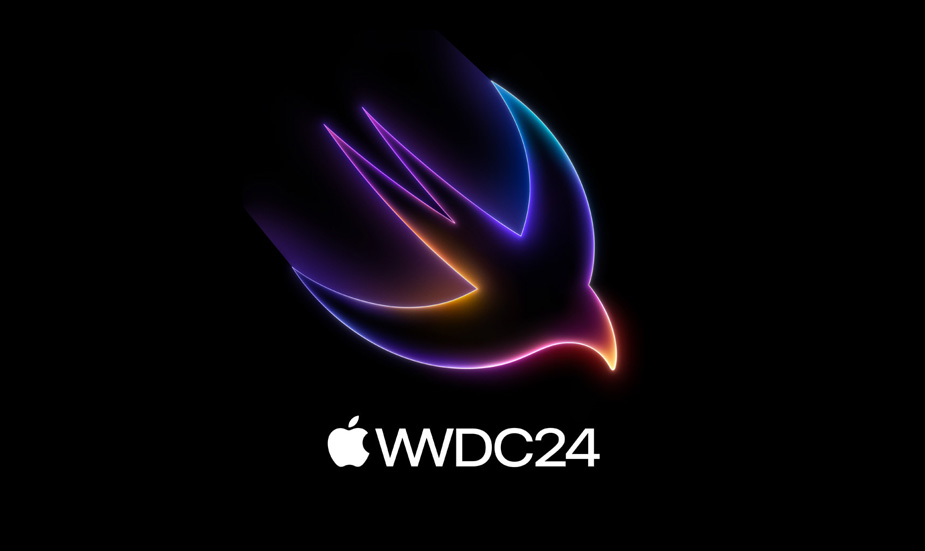Microsoft has been gradually releasing major updates to Windows 11 since November. The most anticipated new feature is Copilot. Chatbot, which should make our work unprecedentedly easier.
The main part of the attention devoted to Windows 23H2 is taken by the long-promised involvement of artificial intelligence in the form of Copilot. But the update also brings other interesting improvements.
Many users have already had the new features since version 22H2. But there they have been hidden for now and will be revived gradually as Microsoft turns them on. In fact, the offer to update comes gradually and randomly, as is already Microsoft’s habit. So if you’re still in the dark, don’t lose heart and wait.
TIP: If you want to speed up the rollout of new features in general, activate the “Get the latest updates as soon as they’re available” option in your Windows Update settings.
Copilot is here. But actually, it’s not
Copilot, a generative artificial intelligence tool, is a big project at Microsoft. The company is gradually integrating it into all major programs like Word, Teams, Outlook and more. There, for example, it will draft a letter or make it easier to manage your emails.
And with 23H2, it’s finally getting right into Windows itself. It appears there on the desktop in the form of a sidebar resembling a shrunken Edge browser page. If you don’t want it, you can turn it off with the icon in the Taskbar, and turn it back on when you change your mind.
If you’ve ever used ChatGPT or searched Bing using an AI chatbot, Copilot’s environment is easy to navigate. It’s similar to those applications.
It will assist with system setup and various control tasks. For example, just ask and it will open the app so you don’t have to search for it in the list. Or it activates dark mode, turns on Bluetooth, takes a screenshot or helps you navigate the Microsoft Store. You can also ask questions in chat like you used to in Bing, and Copilot will find the answer for you on the web.
There’s only one flaw in all of this – it’s not yet available in Europe. We can only hope that we’ll see it soon.
Other useful improvements
In File Explorer, you no longer have to adjust the display style in a complicated way via settings, there will be a new button. The look of the tool is also changing, e.g. the address bar has moved to the top and the whole thing is much clearer.
The taskbar revives old features from Windows 10, like displaying icons with labels. When you have multiple windows of the same program open, they no longer forcefully group together, which promises faster navigation.
The Start menu will now feature separately labeled Microsoft system programs.
You’ll find it easier to search your photos stored on OneDrive. Just enter keywords or descriptions and the system will find relevant images in your folders.
Adaptive screen dimming for when you’re not sitting in front of it looks interesting. The feature depends on your hardware options and you’ll be able to activate it in the settings. It could significantly reduce your PC’s power consumption.
If you do a lot of compression, you’ll be pleased to know that Windows 11 will now be able to work not only with the ZIP format, but also 7zip and RAR.
The big upgrade concerns the iconic Paint. Not only does it finally get a dark mode, but also more advanced creative features, including the use of artificial intelligence.
Slamming the door on Windows 7 and 8
The turn of October and November brought more changes to Windows. For example, it is no longer possible to upgrade to Eleven from Windows 7 and 8 for free. Users must purchase an official activation key. However, there still remains the option of free migration from Windows 10, which so far overwhelmingly prevails among people over Windows 11.
Are you behind the times and still have your old Windows? Have another question about Windows, Microsoft 365 or Surface hardware? Our Microsoft specialists will expertly and happily help you upgrade your company’s equipment. Just drop us a line.








